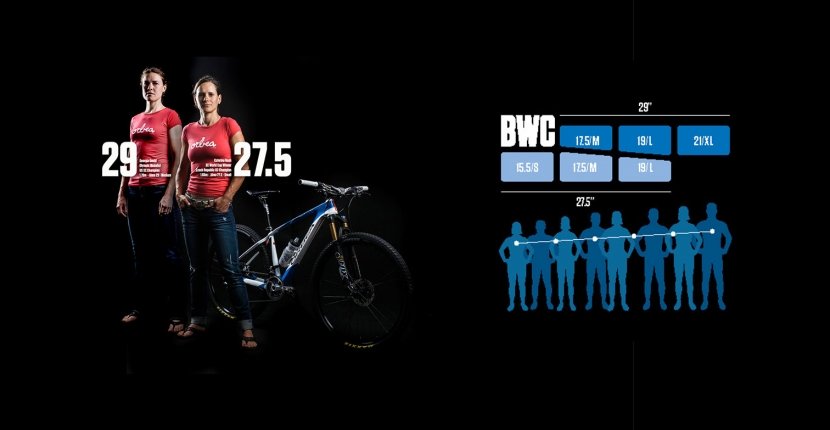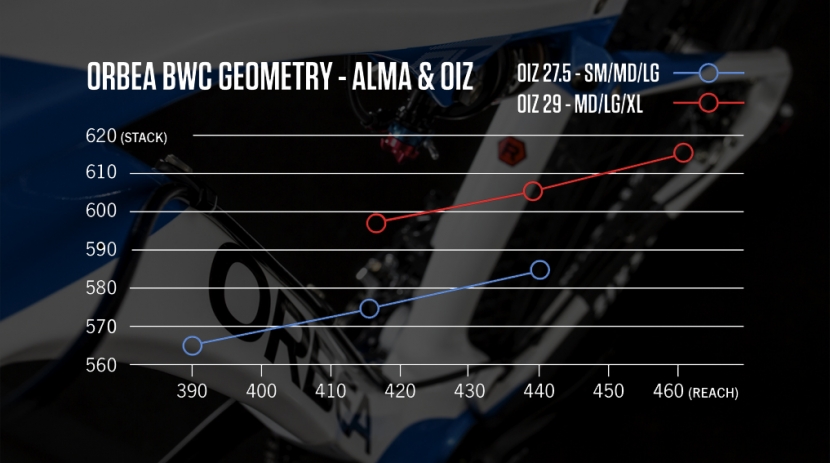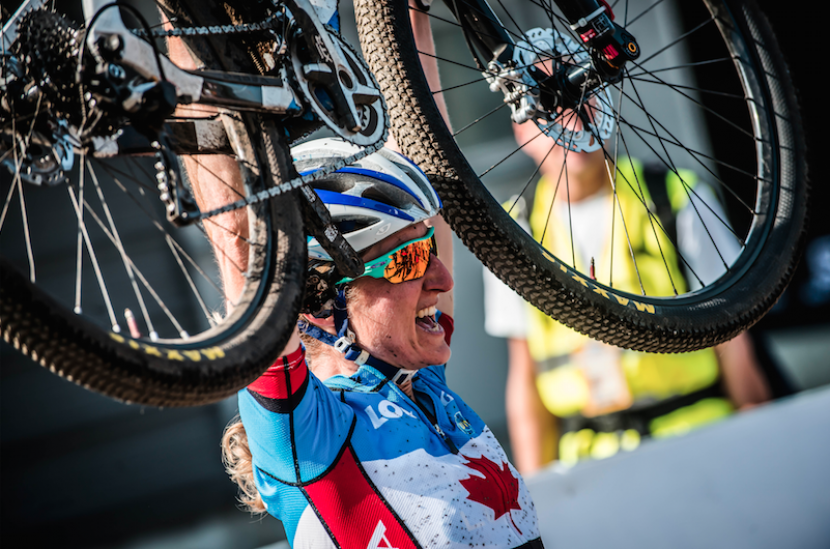3 February, 2015
BIG WHEELS CONCEPT
A few years ago when 26-inch wheels were left behind, MTB – XC in particular – became more complex as a result of the variety of new wheel and frame options.
With all the choices, contradictions and questions, we felt compelled to offer riders a solution best suited to their individual profiles and preferences. This is how we came up with Big Wheels Concept (BWC), our XC frame-size wheel philosophy, feeding on the knowledge gained in field work and lab tests.
BWC solution is simple: Instead of trying to squeeze everybody on a single wheel size, we offer big wheels that are scaled to fit riders of any height.
BIG WHEELS, BETTER PERFORMANCE
The evolution of XC racing has shown that big wheels are better for the huge majority of riders. 29-inch and 27.5-inch wheels are the overwhelming choice for the comfort, stability and speed they impart on the trail. Their advantages are associated with three main factors:

- GREATER INERTIA: Bigger wheels take longer to accelerate but they make it easier to keep the pace once up to speed. The larger wheels maintain momentum through rough terrain. For frequent changes in speed, 27.5-inch wheels have the edge over 29ers but when speeds are fairly constant, 29-inch wheels are ideal.
- SHALLOWER ANGLE OF ATTACK: Bigger wheels roll over obstacles with greater ease, due to their shallower angle of attack. Bottom line: you will clear obstacles with less effort and the 29er gets over them more easily. This applies to objects like ledges as well as potholes.
- INCREASED TRACTION: Bigger wheels have a longer contact patch with the ground. This means greater traction and, as a result, improved performance in both turning and braking.
WHEEL AND FRAME SIZE

29ers have a lot going for them. So far, so good. The difficult part comes when you have to match your wheel size to your frame size. Larger frames designed for 29-inch wheels offer the correct position for taller riders. But what about those users who want to get the speed of big wheels but find it difficult to handle 29-inch frames because of handlebar height, a feature that is particularly difficult in smaller sizes?
Designing small frames for 29ers challenges the geometry required for XC racing (Stack & Reach). It is difficult to accomplish this without compromising on performance. With the shortest headtubes hovering right around the 95-100mm mark, the only way to lower the front end of a 29er is to make compromises with fork travel or hunt down road stems with an extreme negative rise. These options affect the performance of the bike and the position of the rider.
In an interview with Solobici Magazine in August 2013, Czech biker Katerina Nash (1.65m) of Luna Pro Team remarked, ‘In winter I tried a few 29er prototypes, and I definitely feel better on 27.5-inch wheels. On a 29er, the position I have to adopt makes me feel less comfortable and efficient.’
The same would happen if we had an XL frame and 27.5-inch wheels. Bottom line: S frames should match only 27.5-inch wheels, while XL frames should go with 29ers. This way, we keep the rider-bike relationship in proportion.
SIX COMBINATIONS BASED IN FOUR BICYCLE SIZES AND TWO WHEEL SIZES

Our solution to the wheel size conundrum is to offer six frame sizes with two wheel sizes: S, M and L with 27.5-inch wheels, and M, L and XL with 29-inch wheels.
All three frames with 27.5-inch wheels have a lower stack height than our M 29er with a short 100mm headtube. This means there is a linear stack height increase across all six frames. Most of our competitors have gaps or unusual curves, where some sizes have exactly the same stack height or there are sudden jumps in the larger frames.
AS PROVEN IN COMPETITION
Before launching our current XC bike models, Alma and Oiz, we were certain that BWC was the best approach to the wheel size-frame size problem, racing has proven us right: Catharine Pendrel (1.67m) became world champion on the 27.5” wheels of her size SM Oiz.
